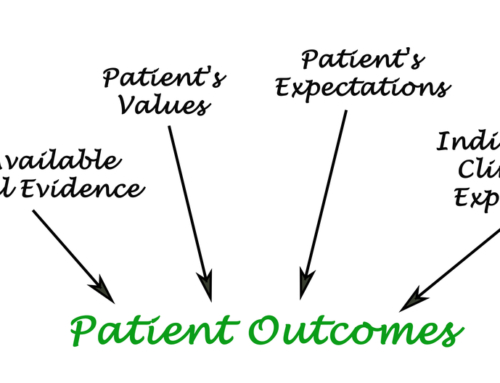7 Simple Steps To Protect Patient Data
There’s no doubt that protecting patient information is something that doctors consider of utmost importance, yet it is something that is getting more difficult to do in the increasingly digital world in which we live.
In 2016, 90% of physicians had already transitioned their patient records to electronic medical records (EHR) and it’s been estimated by the end of 2018, nearly every one of the 3.4 billion smartphone users will have installed at least one health-related app on their phones. This alone makes it quite obvious that concerns about the security of patient information are valid.
In the past couple of years, roughly 9 out of 10 healthcare organizations admitted to experiencing a data breach, and there was a total of 253 breaches that took place last year alone that resulted in compromising the security of 112 million health records. What can be done to prevent this? Here are seven steps that you can take to keep your patients’ medical records safe:

Protecting Patient Data The Right Way
There’s no doubt that protecting patient data is something that doctors consider a priority. In the digital age, however, protecting patient data continues to become more difficult.
In 2016, 90% of physicians had already transitioned their patient records to electronic medical records (EHR). By the end of 2018, nearly every one of the 3.4 billion smartphone users will have installed at least one health-related app on their phones giving rise to the popularity of telehealth. With this free flow of information and accessibility, digital security is a requirement.
In the past couple of years, roughly 9 out of 10 healthcare organizations admitted to experiencing a data breach. There were a total of 253 breaches that took place last year alone that resulted in compromising the security of 112 million health records. What can be done to prevent this? Here are seven steps that you can take to keep your patients’ medical records safe:
1) Complete An Annual HIPAA Risk Analysis
Ensure that your storage tools are safe by conducting an annual HIPAA risk analysis.
2) Utilize Data Encryption
Encrypt all data-at-rest and data located on mobile devices (including tablets).
3) Promote Staff Education On Security Best Practices
All physicians and nurses must be trained in how to send and store data securely. This includes:
- The use of secure passwords
- Logging out of networks when they’re not in use
- Avoiding the use of personal devices on internal networks
4) Enable Remote Handling
Servers and internal networks should be able to be remotely wiped and disabled.
5) Regular Updates
Have a plan to verify that your firewalls and security software is kept up-to-date at all times.
6) Response Plan
In order to mitigate any losses or damage, it’s essential to create an incident response plan.
7) Develop A Strategy
Develop a customized security strategy designed for the particular data stored by the organization.
Final Thoughts
Each of these steps is a simple and effective way to protect patient data. Are you securing your practice with these security measures? What steps is your company taking to protect patient data? If you’re not sure are not confident in your current security measures, give us a call today. We offer practice management solutions that can help you secure practice, as well as helping your business become more profitable.
Call us or contact Progressus Revenue for more information about our medical billing strategies, practice management solutions and ancillary care programs.




